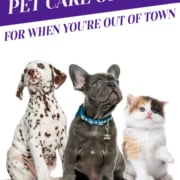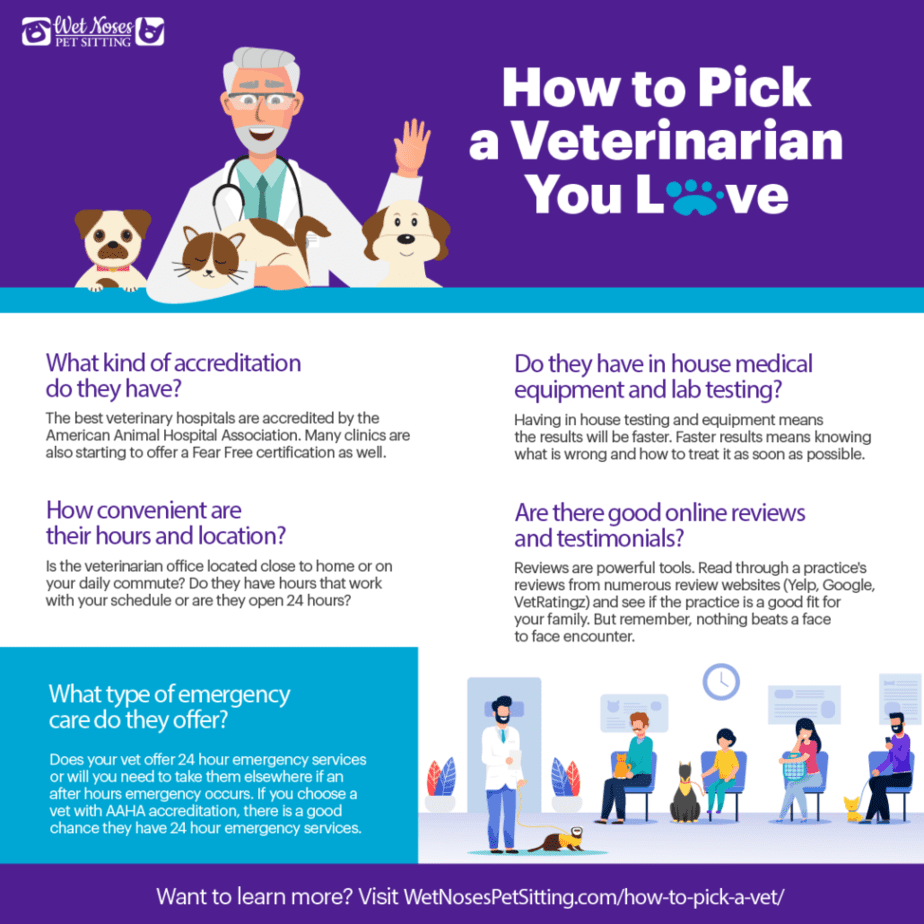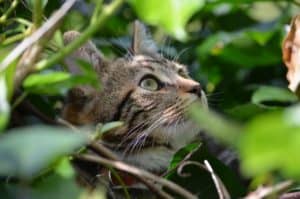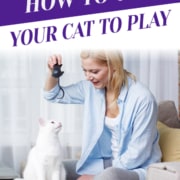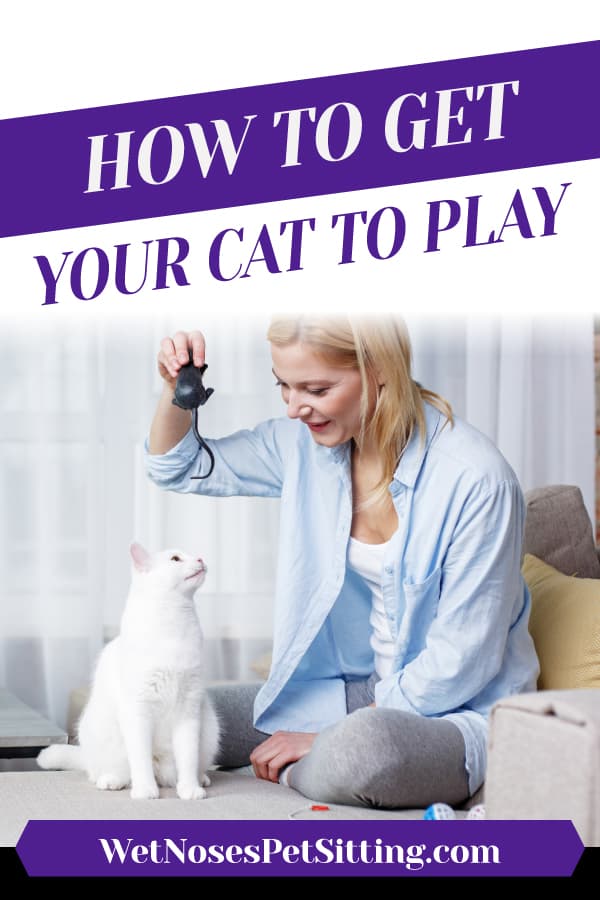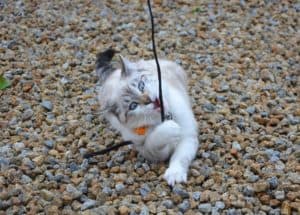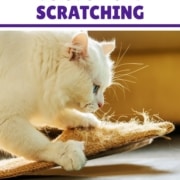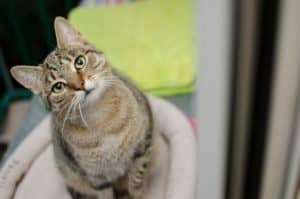Pet Care Options For When You’re Out of Town
Pet care options are one of the hardest decisions you will make when leaving town. You want to choose a service that is right for you and your pets. You want to return home to fur kids that are happy and relaxed. You want the peace of mind knowing that your pets are well cared for and happy while you are gone, so you can enjoy your trip! So how do you pick the right pet care options for you?
-
Pet Sitting
Hiring a pet sitter can be a great option for your pet, especially if they older or anxious. The get all the comforts of home, get to stick to their normal routine and do not have any exposure to diseases. A pet sitter can also double as a house sitter and bring in mail, water a few plants and turns lights on and off. You get the benefit of regular updates from your sitter and knowing that everyone is cared for in your absence. A good pet sitter will spend as much (or more) time and attention focused on your pet as you do!
The main downside of a professional pet sitter is that it can be a more costly option if you only have one pet and are requiring multiple visits per day. If you have more than one pet, then the cost for pet care is usually similar to boarding.
-
Overnight sitters
Does your dog have a nighttime routine that cannot be disrupted? Does your cat sleep with you at night?
If you have a puppy, a dog or a cat that desires extended company, or a pet that has medical concerns, then you may want to hire an overnight sitter. Your fur kid will enjoy the benefits of keeping their same routine, including night time cuddles. You home will also look more lived in, and for many pets, this type of pet care is similar to your regular routine if you work during the day. Often your sitter will also recommend, or require, an additional visit for dogs during the day for a potty break.
-
Boarding kennels
Some pets actually enjoy a boarding kennel versus staying at home while their owner is away. Young, energetic dogs who socialize well with other dogs can be great candidates for a boarding facility where they are allowed to play during the day. They are taken care of all day, can have walks and playtime, and some facilities even send you updates or have cameras for you to watch. Plus you can usually bring their own food and a few toys for them for comfort. Each kennel has different schedules and policies, so be sure to find one that provides the services you (and your pet) desires.
Cats can also be boarded on occasion. It is not generally recommended, due to the levels of stress a new environment cause for your cat, but some cats are well suited to the change. There are cat kennels that provide playtime and access to common areas.
Spa Boarding – Pet spas are popping up all over the place. You can choose packages that include grooming, play groups, and gift baskets for your dog. It’s almost like they are on vacation too!
Vet Boarding – A lot of vets also have boarding services with vet techs there for them around the clock. This option is perfect if your pet has health issues that require 24 hour observation or care that a pet sitter would not be able to provide. Think of a cat that is not easy to medicate.
Pet care should be the part of your trip that is the least concerning! Choosing the pet care option that is right for you is the first step, then you decide on the company (pet sitting or boarding kennel) that best fits your needs. If you make these choices correctly then both you and your pet will have a wonderful vacation!

